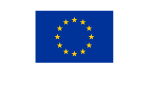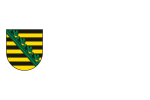By Alban Sharkey
A spate of assaults on media workers in Germany shows how the COVID-19 pandemic is bringing a new kind of violence onto the streets and endangering journalists at work.
On the first of May 2020, a police officer punched a 22-years old female journalist in the face during a demonstration in Kreuzberg, Berlin. Later, on the same day, dozens of men armed with metal sticks attacked a camera crew from the German Public Service Media, ZDF. Five days later, on the sixth of May, a demonstrator attacked a camera operator from the German Public Service Media, ARD during an illegal demonstration in front of the parliament building (Reichstag). On May the ninth, a dozen of men assaulted journalists at a demonstration in Dortmund. This was the fourth attack on journalists in less than ten days.
The aggression against journalists from ZDF on the 1st of May triggered bitter political debates on social networks and in the German media. In the first forty-eight hours following the attack, media silence regarding the assailants’ political background was widely interpreted as a sign of left-wing favouritism on the part of the press.
Without waiting for the police statement to be released, several actors appropriated the events for their political goals. On the second of May, the far-right Alternativ für Deutschland (Alternative for Germany or AfD) shared a tweet from Dieter Stein, editor-in-chief of the alt-right daily Junge Freiheit (Young Freedom), accusing the media of partisanship for allegedly downplaying the attackers’ political orientation. The party adds in its post that media partisanship is a “well-known principle” when it comes to political aggression. In an article relayed by the nationalist movement Identitäre Bewegung (Identity Movement), the German alt-right tabloid Compact accused politicians and media of concealing what they claimed to be facts, namely that the attackers came from the left of the political spectrum.
Attacks on journalists do happen at left-wing demonstrations in Germany. The European Centre for Press and Media Freedom (ECPMF)’s own Jane Whyatt was caught up in the violent scenes at a counter demonstration in Leipzig against three converging neo-Nazi marches through the city. Whether at protests during the G20 summit in Hamburg or in counterdemonstrations against xenophobic marches, left-wing activists have been involved in physical attacks and destruction of journalistic material.
Yet they are significantly less numerous. Statistics compiled in an ECPMF’s ongoing fact-finding mission in Germany clearly show this. Between 2015 and 2020, only 9% of assaults against journalists in Germany came from the political left, while 77% came from the political right (14% remained undetermined). The difficulty of classifying aggression from the left springs from the way they organise: their ideological foundation is fragile and unsystematic. Many far-left activists condemn assaults on journalists. In contrast, the German alt-right is in solid agreement when it comes to attacking what they call the ‘Lügenpresse’ or “Lying Press”.
There are reasons why the media have not rushed into publishing statements about the alleged attackers’ political motives or background. Suspects held in custody have the right to remain silent. It takes time to determine the motives of any illegal action. No formal statement has confirmed any political intentions behind the attacks and all suspects in the ZDF attack have been released with no arrest warrant issued. Discretion, independence and rigour are important aspects of any democratic investigation process.
Recurring aggression points at deeper underlying issues than simple binary politics. Many demonstrators in the German capital did not believe in the current media discourse regarding Covid-19. They distrusted the media even before they had a chance to share their news. They stigmatised them before they attacked them. Attacks on journalists are symptomatic of broader issues concerning trust in the media.










